The Story of Han van Meegeren, One of the Most Ingenious Art Forgers of the 20th Century
A promising Dutch artist who sought recognition, Han van Meegeren entered art history as one of the most talented art forgers whose work baffled art experts, disrupted the art market, and troubled museum collections. Despite displaying immense talent, Van Meegeren's ascent within the art world was slow and hurdled. The painter became a part of the Haagse Kunstkring, an elite circle of artists and writers, but fellow painters and art critics often criticized his work as being nonoriginal and anachronistic, mainly his Rembrandt-evoking portraits for the upper class. Van Meegeren gained recognition in the Netherlands with his best-known work, Hertje (The Fawn), a 1921 painting of Princess Juliana's roe deer, and Straatzangers (1928). Still, both paintings starkly contrasted with the decade's avant-garde developments, demonstrating the artist's infatuation with the Old Masters.
In 1923, Van Meegeren produced his first legitimate copies and painted Laughing Cavalier and Happy Smoker in the style of Franc Hals, attracting the wrath of Dutch art critics, who labeled him a master copyist unable to produce innovative work, with one of them calling Van Meegeren a mere "gifted technician," adding that "he has every virtue except originality." As a ploy to prove them wrong through ridicule, Van Meegeren devised a plan to paint a new painting as the perfect forgery, mirroring the style of Johannes Vermeer that would seem more like a Vermeer than an original. After a painting sold to the Nazis was rediscovered, it revealed his treachery, the depth of which still remains to be absolutely determined.
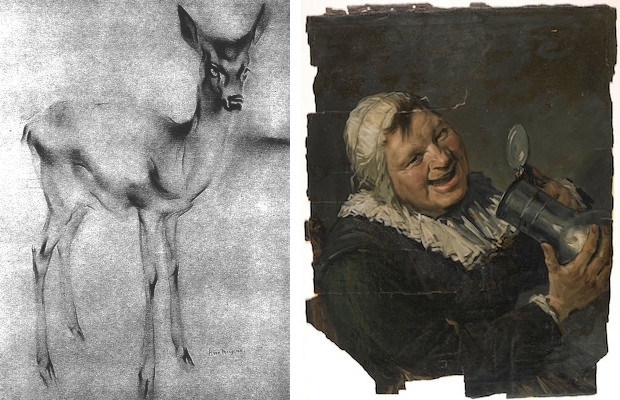
The Man Behind the Notoriety
Born on October 10th, 1889, in Deventer, as Henricus Antonius (known as Han) van Meegeren, the controversial forger was the third child of Augusta Louisa Henrietta Camps and Hendrikus Johannes van Meegeren. Complying with the wish of his strict father, who urged him to study architecture, Han van Meegeren enrolled at the Delft University of Technology, receiving a firm knowledge of drawing and painting as well. He had all but finished his architectural studies, and despite refusing to take the final examinations, Van Meegeren demonstrated his architectural skill when he designed the still-standing clubhouse for a rowing club in Delft.
However, his love for the arts never left the future master forger. In 1912, Van Meegeren began his studies at the Royal Academy of Art in The Hague, where he would progress to a teaching position as an assistant to the Professor of Drawing and Art History. As a student, Van Meegeren was awarded the Gold Medal from the Technical University in Delft for his Study of the Interior of the Church of Saint Lawrence (Laurenskerk) in Rotterdam. Still, as a faculty member, he had to take on commercial jobs, such as sketching posters, Christmas cards, portraits, and landscapes to support his family – his wife, Anna de Voogt, and two young children, Jacques and Pauline.
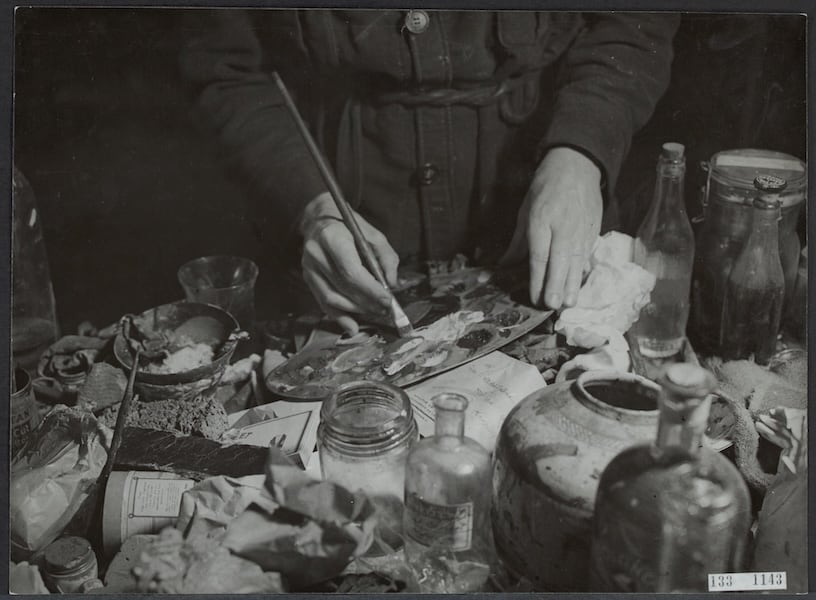
The Master Method
It took the unconventional artist years to perfect his method. After extensive research, Van Meegeren devised a technique that rested on using raw materials, such as lapis lazuli, indigo, and cinnabar, to mix his paints, mirroring the process of Old Masters. Instead of using new components, he painted on original 17th-century canvases, which he would strip of surface layers, and meticulously used specially crafted paintbrushes that would mimic the preferred choice of the original painter, such as using a badger-hair paintbrush when creating "a Vermeer."
Finding the right mix of paint proved to be a more challenging task. To fake the process of paint hardening, which usually takes fifty years, Van Meegeren had to bake the paintings to instantly produce and mimic the effects of time. First, he used lilac oil to prevent the colors from fading or getting a yellowish tint after baking, causing his atelier to be infused with the smell of lilacs, so he kept a fresh vase of the flowers to persuade visitors. Over time, Van Meegeren developed his own concoction using phenol-formaldehyde, or Bakelite, which would become the bane of his anonymity. After baking, the master forger would pin-roll the repurposed canvas and enhance the pre-existing and newly-made craquelures with black India ink.
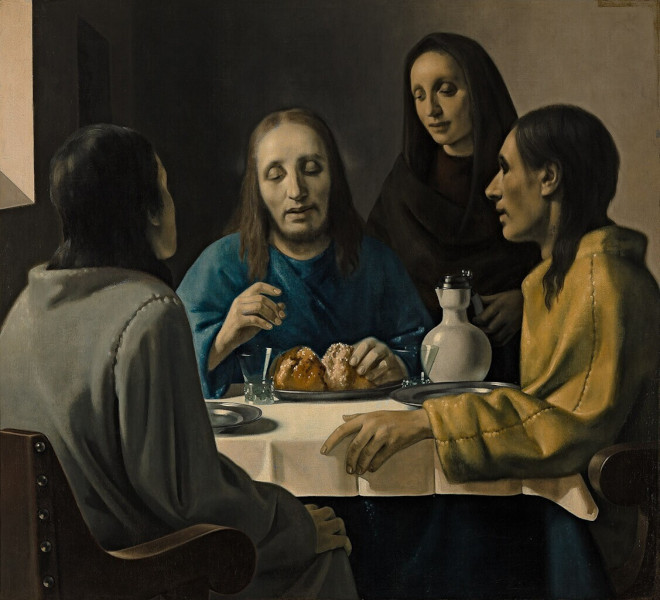
Han Van Meegeren's Masterpiece
Han Van Meegeren painted two trial paintings made after real-life Johannes Vermeer originals to test his technological process. Van Meegeren's Lady Reading Music echoed Woman in Blue Reading a Letter at the Rijksmuseum in Amsterdam, while his Lady Playing Music mirrored Woman WIth a Lute Near a Window from the Metropolitan Museum of Art in New York. In 1937, the resolved painter created his masterpiece, The Supper at Emmaus, which he gifted to a friend requesting to show it to Abraham Bredius, an art historian and Vermeer expert. Blinded by the need for artwork to prove his theory, Bredius was captivated by Van Meegeren's painting, writing about it in Burlington magazine as a masterpiece by Vermeer that solidified assumptions that the Dutch master studied in Italy.
What was meant as an inside joke, an act of revenge, and a tool to prove himself spiraled out of control when the painter realized the lofty sums the forgeries could make. Han Van Meegeren’s The Supper at Emmaus à la Vermeer fetched fl. 520,000, equivalent to €235,000 or about €4,640,000 today, introducing the painter into a life of luxury. He sold the painting to the Rembrandt Society, and the work was later gifted to the Museum Boijmans Van Beuningen in Rotterdam, propelling Van Meegeren to continue the deception.
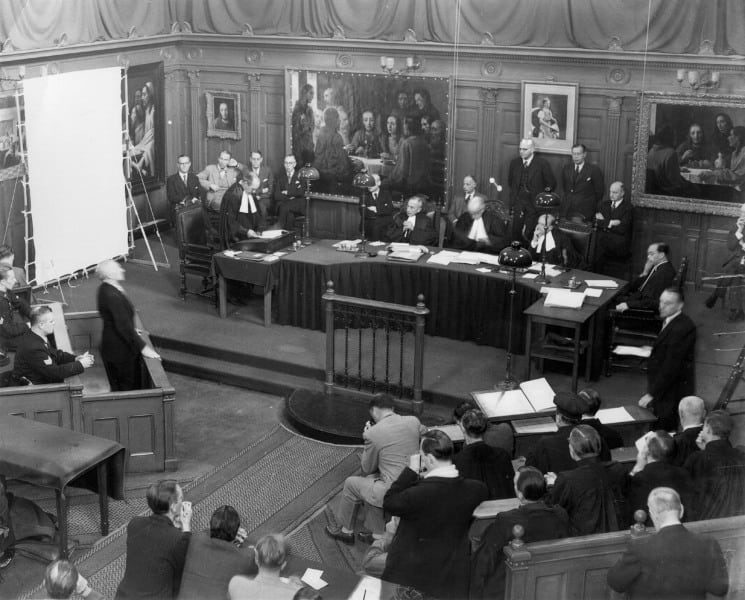
The Nazi Nuisance
A painting in the style of Vermeer that ended up in Nazi hands would turn out to be Han Van Meegeren's demise. Found in an Austrian salt mine in 1945, Christ with the Adulteress was among the looted artworks hidden by Herman Göring. The artist sold the Vermeer look-a-like to Alois Miedl, a Nazi banker and art dealer, who then resold it to the Nazi Reishsmarschall. Apparently, Göring exchanged over 100 looted Dutch paintings for the canvas, which formed the basis for Van Meegren's defense during the trial, claiming that the duped the Nazis on purpose to salvage the originals.
Accused of fraud, treason, and collaboration with the Nazis, Van Meegeren escaped the death penalty by claiming he was the author of the painting. On October 29th, 1947, the two-year trial of Han van Meegeren began. Over the course of the dispute, the master forger was instructed to paint another "Vermeer" to prove his claims. The creation of the infamous Jesus Among the Doctors (1945) was conducted under police guard and documented by reporters. Alongside the "performance," his claims were authenticated by analyzing the formula of the painting, which consisted of Bakelite, a 20th-century substance. Although he was found guilty of fraud and forgery, Van Meegreren died of a heart attack on December 30th, 1947, in Amsterdam, Netherlands.

Faking Van Meegeren
The scandalous revelation introduced an era of reevaluation, affecting art collectors, museums, and art historians alike. Since Han van Meegeren was unraveled as the author able to mimic 17th-century paintings, numerous revisions have been made, including rewriting the catalog of the infamous exhibition curated by Bredius's student, Dirk Hannema. However, it took decades to trace the forgeries and purge museum and private collections across the globe, with the definitive end of the search still beyond sight. Over time, the list of known forgeries by Van Meegeren grew, but it still needs to be seen how much his fakes permeated private collections. Additionally, the master forger's popularity rose after 1945, raising the demand for Meegeren originals. And so, the forger was forged. Numerous fakes flooded, with many executed exceptionally by his son Jacques, leaving a posthumous puzzle within the art world.
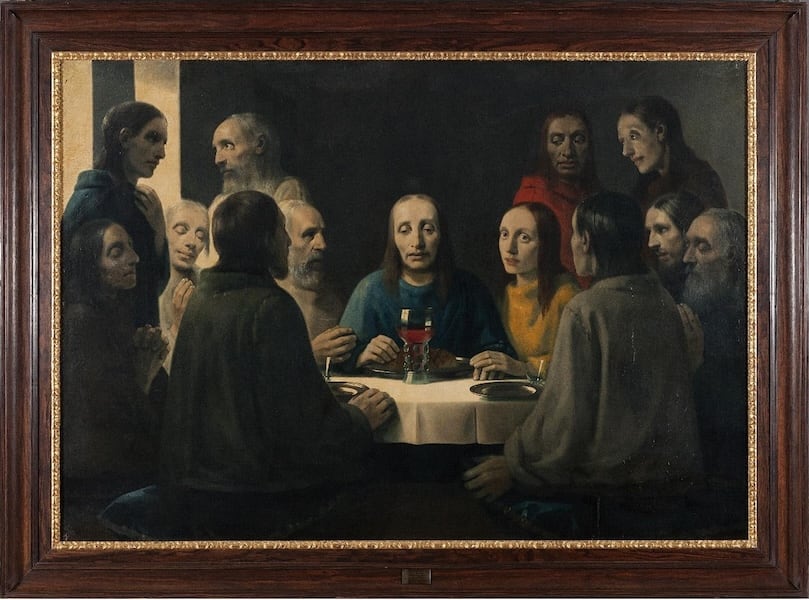
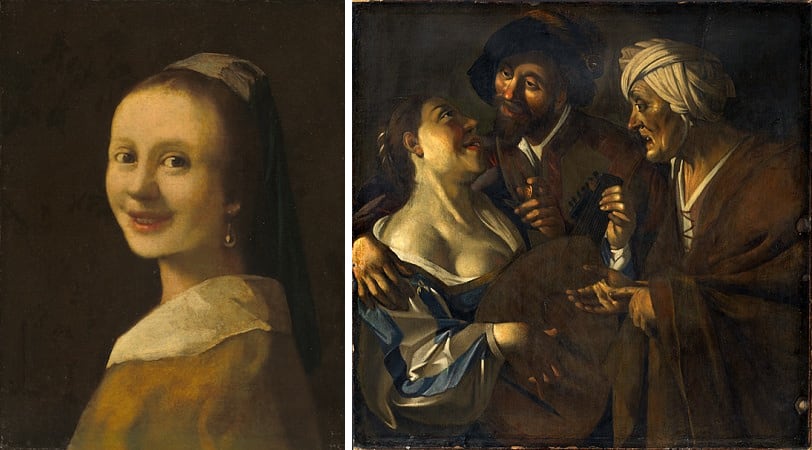
Featured image: Han van Meegeren painting Jesus Among the Doctors in 1945. Image via Creative Commons.
Can We Help?
Have a question or a technical issue? Want to learn more about our services to art dealers? Let us know and you'll hear from us within the next 24 hours.
